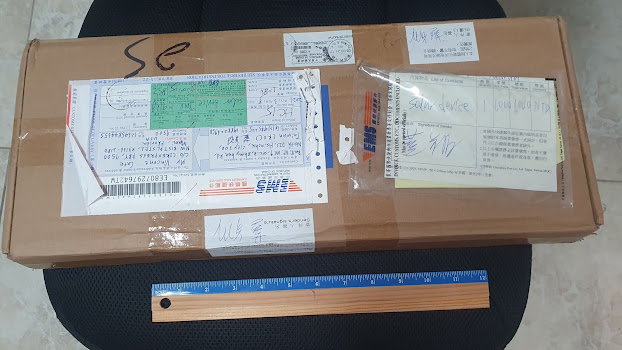In working toward solar airplane development we first want to try out iNav. We have chosen the following set of hardware to do this: 1) Airplane: Opterra 2M 2) Flight controller: FuriousFPV F-35 Lightning 3) Radio/FPV/Camera: DJI FPV V1 (Remote Controller, Goggles, Air Unit) Below are some notes that we think would help us do it next time and might help someone else get through this process. For each of the 3 parts, DJI Goggles, DJI Remote, DJI Air Unit, we had to get them connected to the computer and registered with DJI before they would work. The F-35 has less soldering than most fixed wing flight controllers but it does have some. The F-35 has an online manual . Here were the wiring instructions for DJI. Note that Air Unit is NOT the same as DJI Ocusync but they use the same wiring picture for the cable to either. And here is our real result. It is only soldering 6 connections, but I look forward to a flight controller where I don't need to do a


